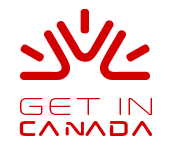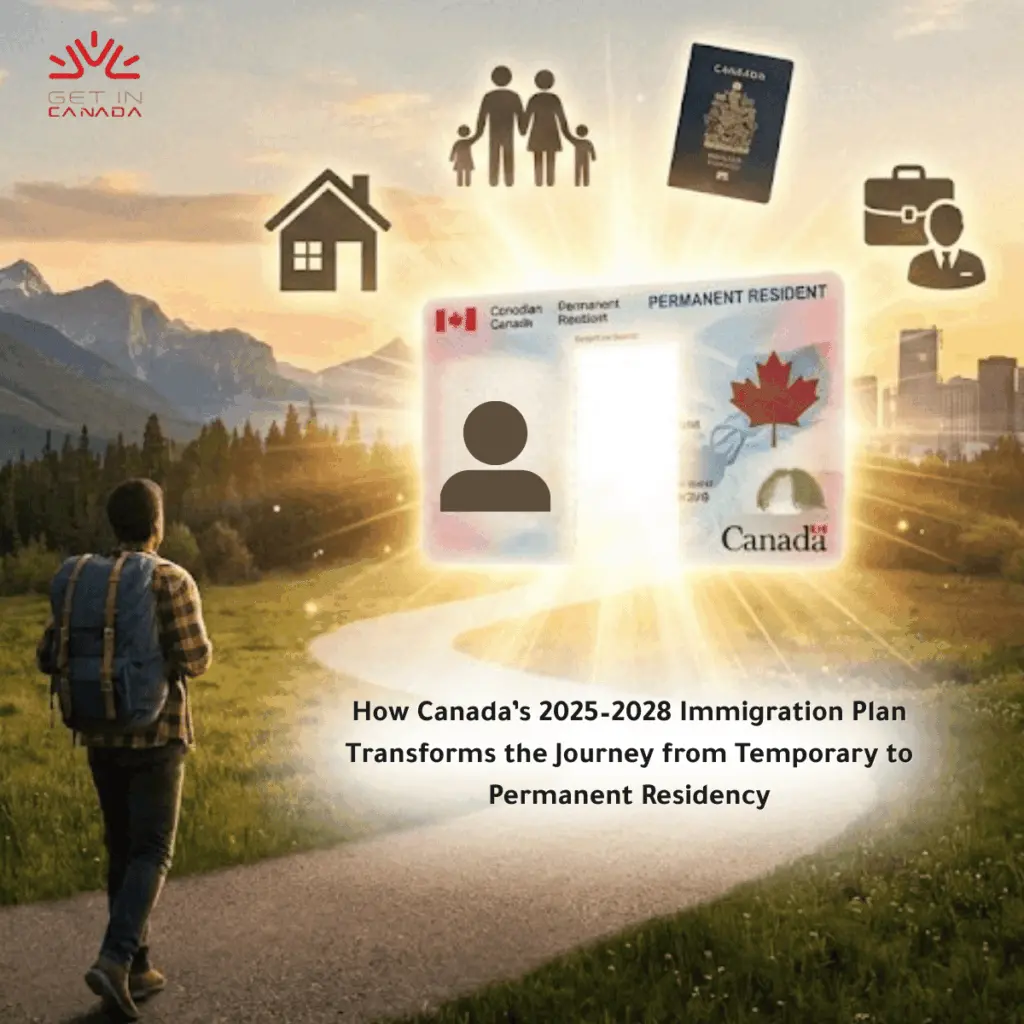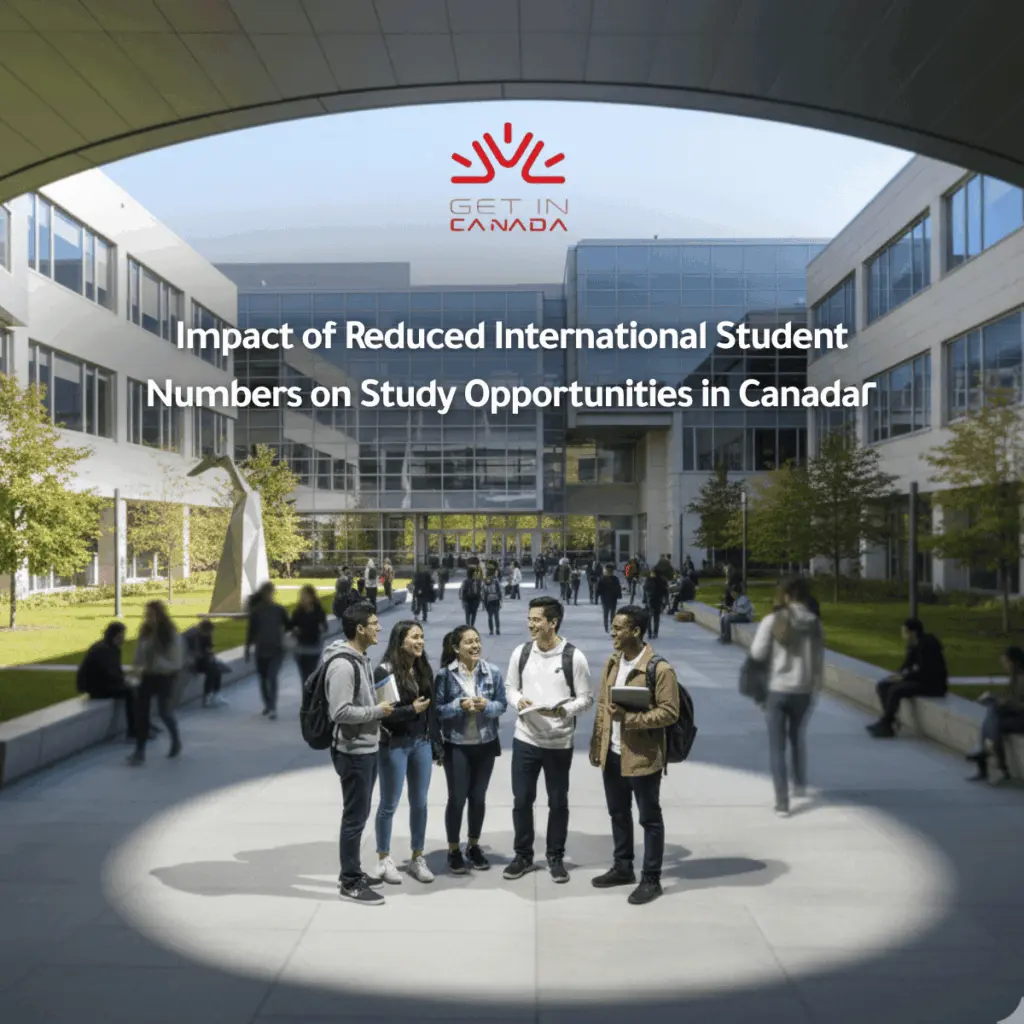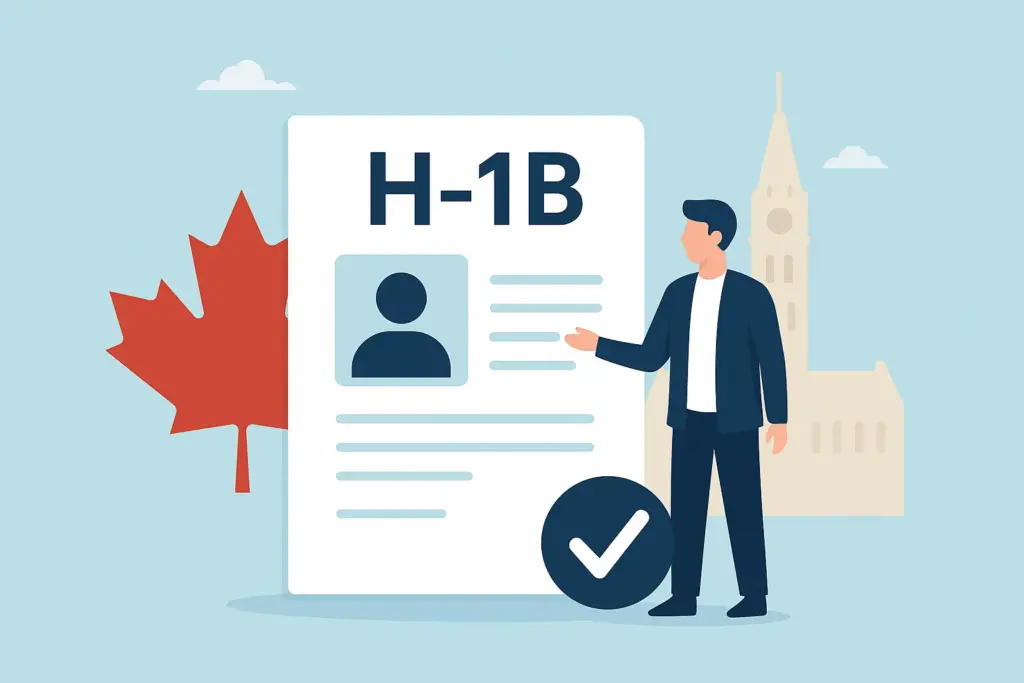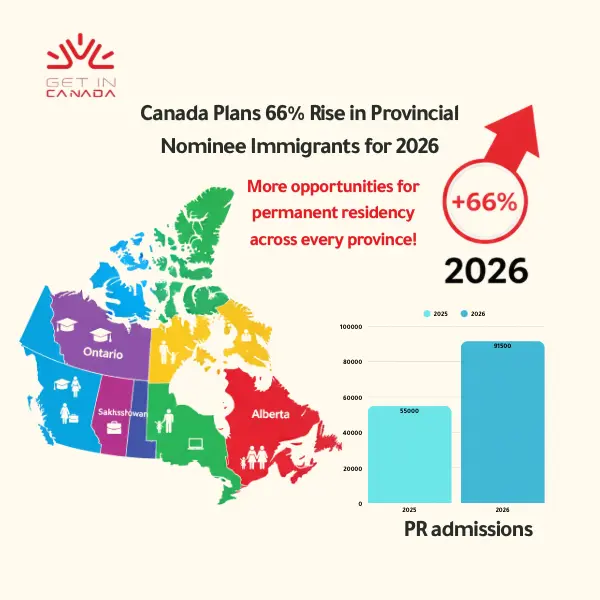Canada Permanent Resident card 2025 Now Easier for PSW and ECE Graduates
Canada permanent residency through PSW and ECE programs is becoming a realistic goal for many international students and foreign workers—but only if you understand how the system really works.
Contrary to what many believe, completing a short-term course like Personal Support Worker (PSW) or Early Childhood Educator (ECE) is not a guaranteed ticket to permanent residency. What matters is how you combine your training with the right kind of work experience and immigration strategy.
This guide breaks down how you can turn these popular programs into stepping stones toward Canadian PR, especially with the most recent updates in 2025.
Why PSW and ECE Are More Relevant Than Ever in 2025
Canada is short on healthcare and childcare professionals, and it’s not a temporary problem. The population is ageing rapidly—by 2030, over a quarter of Canadians will be over 65. That means a sustained demand for PSWs who can assist the elderly both at home and in care facilities.
At the same time, provinces are expanding early childhood education, which has led to a boom in demand for qualified ECEs and assistants—especially in cities like Vancouver, Toronto, and Calgary.
The Canadian government is now aligning its immigration targets to reflect these workforce gaps. That’s where your PSW or ECE credential becomes valuable—if you use it right.
Find out if you are eligible to get in Canada →
Step 1: Choose the Right Program to Start Your PR Journey
If you’re aiming for Canada permanent residency through PSW and ECE programs, start with the right education. Choose a program that is both credible and aligned with immigration pathways.
For Personal Support Workers (PSWs):
PSW programs focus on caregiving roles in hospitals, homes, and long-term care facilities. Most are around 6 months and are offered by private or public colleges. Examples (for reference only) include:
- Pharma Medical Science College of Canada – offers focused PSW training with employment support.
- NBBT College (New Brunswick) – known for PSW programs aligned with regional labour needs.
You don’t need a study permit for programs under 6 months, making this an appealing option for those already in Canada on a work permit.
PSW graduates often pursue roles under:
- NOC 33102 – Nurse aides and patient care assistants
- NOC 44101 – Home support workers and caregivers
These roles are eligible under:
- Express Entry (healthcare category)
- Home Care Worker Immigration Pilot (2026)
- Provincial Nominee Programs (PNPs), especially in Ontario and New Brunswick
For Early Childhood Educators (ECEs):
ECE and ECEA programs train you to work in daycares, preschools, or private home care. Common options include:
- Seneca Polytechnic (Ontario) – flexible ECEA certifications
- Douglas College (British Columbia) – strong link to ECE licensure
Look for programs accredited by provincial bodies. In provinces like BC, licensure is often tied to PR eligibility.
Roles fall under NOC 42202, which aligns with:
- Home Child Care Provider Pilot (March 2026 launch)
- Express Entry (Canadian Experience Class)
- BC and Ontario PNPs
Step 2: Get the Right Work Experience | This is what really counts
A certificate alone won’t cut it. You must work in a qualifying job, for the right duration, and under the right NOC code.
For PSW Pathway:
Once you complete your PSW course, start gaining experience in:
- NOC 33102 – Ideal for Express Entry and Ontario PNP healthcare draws
- NOC 44101 – Required for the Home Care Worker Pilot
Experience requirements:
- 6 months: Enough for Home Care Pilot with a valid job offer
- 1 year: Needed for Express Entry (Canadian Experience Class), possibly split between two NOC B jobs
Where to find jobs:
- Use job boards like Job Bank, Indeed, or LinkedIn
- Tap into college placement services
- Focus on provinces actively recruiting PSWs: Ontario, Alberta, New Brunswick
For ECE Pathway:
Target jobs under NOC 42202 as an Early Childhood Educator or Assistant.
Experience requirements:
- 6 months + job offer: For the Home Child Care Provider Pilot
- 1 year total: For Express Entry, with at least 6 months in NOC 42202 and the rest in a TEER 0–3 role
High-demand regions for ECEs include British Columbia (with dedicated PNP streams) and Ontario.
Pro Tips to Maximize Your Canada Permanent Resident Card Chances
- Keep documents ready: Job contracts, pay stubs, references—IRCC will want solid proof of your work.
- Choose the right school: Make sure it’s recognized by provincial authorities. Some PR streams require this.
- Be strategic about work location: Certain provinces offer better PR opportunities—BC and NB are great for ECE; Ontario is strong for PSW.
- Combine jobs smartly: You can blend different NOC jobs if they’re in the same TEER category.
- Monitor upcoming pilot programs: Both PSW and ECE roles are linked to immigration pilots launching in 2026. Get ahead.
Book Your Consultation Session →
Canada Permanent Resident Card
If you’re aiming for Canada permanent residency through PSW and ECE programs, remember: the program is just the start. What really gets you across the finish line is how you build experience, where you work, and how well you navigate the immigration system.
With the 2025 immigration priorities favouring healthcare and childcare roles, now’s the time to act. Choose your program wisely, gain targeted work experience, and align yourself with the right PR stream.
